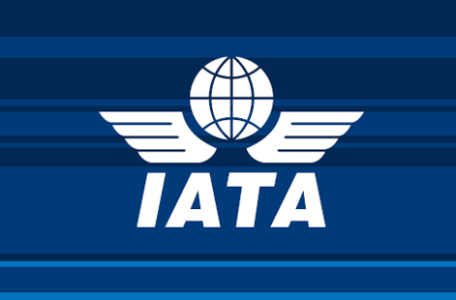
by Lufthansa Flyer | Jan 14, 2018 | Cargo, Featured, On Board Experience, Passenger Experience |
Beginning Monday January 15, passengers travelling with ‘Smart Luggage’ powered by Lithium batteries will no longer be able to check their luggage into the cargo hold of their aircraft unless the batteries can be removed and brought into the cabin.
The rule also applies to carry-on luggage. In order to be able to bring your ‘Smart’ carry-on on board, you must be able to power off the bag or remove the battery altogether. If the bag can not be powered down, or if the battery can not be removed, the bag will not be allowed onto the aircraft.
The IATA has recommended this rule to its 300 airline members in an attempt to prevent fires from starting from faulty batteries and luggage electronics. It is not a government imposed restriction so its impact will be felt world-wide.
If your ‘Smart’ luggage is powered by traditional batteries (AA, AAA, etc), your luggage is exempt from the ban, however you may need to demonstrate to the airline that your bag is compliant when checking it.


by Lufthansa Flyer | Jun 12, 2015 | Airlines, Featured, Lufthansa |
Earlier this week in Miami, IATA held its Annual General Meeting where member airlines gathered to discuss the industry at large.
As part of these sessions, a proposal has been adopted to redefine what the proper dimensions should be for a carry-on. The result? a new ‘preferred’ dimension for a carry-on piece of luggage of 21.5 x 13.5 x 7.5 inches. According to my abacus, this will result in Carry-On trolleys becoming 20% smaller that what is currently in place.
In comparison, Lufthansa’s current carry-on policy allows for a 21.6 x 15.75 x 9 inch piece of luggage to be brought into the cabin of their aircraft.
DOES THIS MEAN THAT YOUR ‘PREVIOUSLY’ COMPLIANT CARRY-ON IS NO LONGER ALLOWED?
No. The new guideline passed by IATA is not law but simply a direction and guideline going forward for airlines and luggage manufacturers. The idea behind the new dimensions suggest that a slightly smaller carry-on will enable more passengers to bring their carry-ons aboard instead of being forced to ‘gate check’ them; especially on aircraft that seat 120 or more passengers.
However, the new guideline suggests that bags compliant with the new dimensions will be given priority as far as being allowed on board. How will this be enforced? I don’t know and I don’t think enforcement is likely or quite honestly, possible.
So before you start panicking that your $700 Rimowa is no longer welcomed aboard, fear not. The new policy simply means that future generations of carry-on luggage may be a little bit smaller. OK, a LOT smaller. IATA has already gone as far as merchandising the new change by creating a ‘Cabin OK’ logo on luggage that meet the new measurement criteria.
Thus far seven airlines have signed on to the concept including Lufthansa, Emirates, Air China, Qatar, Avianca, Azul, Cathay Pacific and China Southern. No US based carrier has agreed to the new policy as yet.




